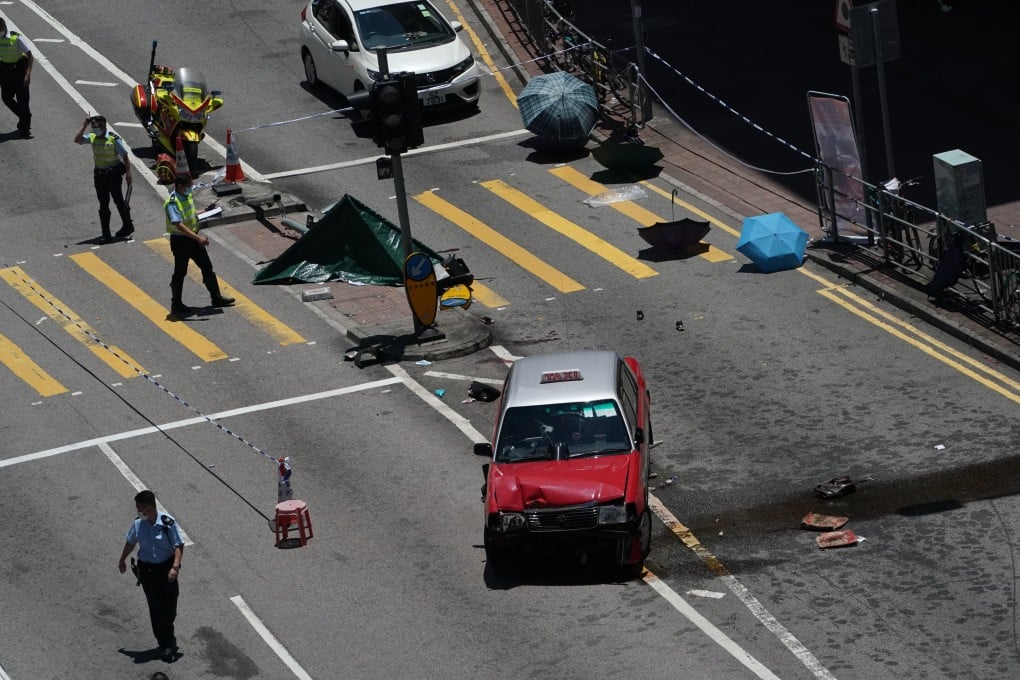Advertisement
Letters | Are Hong Kong’s drivers really all that bad?
- Readers write about the city’s low road fatality rate, ask that safety islands be made safer for pedestrians and warn that Covid-19 restrictions are killing SMEs
Reading Time:2 minutes
Why you can trust SCMP

I am writing in response to the letter, “Time for action over appalling drivers of taxis” (August 27). The serious car accident in Tai Po was absolutely disheartening, and I would like to first offer my condolences to the families of the deceased. However, I do not share your correspondent’s standpoint that Hong Kong drivers have low safety standards.
Hong Kong has done a pretty good job when it comes to traffic accidents. In 2019, Hong Kong had 1.5 road fatalities per 100,000 inhabitants. Compared to the global average of 16.7, Hong Kong is doing really well. For reference, the rate is 13 in the United States and 10 in New Zealand.
Although home to some of the narrowest and least friendly roads in the world, Hong Kong has managed to keep its road fatalities low.
Advertisement
This can be attributed to our mostly law-abiding drivers and well-developed transport system. It is too sweeping to say that all taxi drivers in Hong Kong have low safety standards just because of one traffic accident.
Jasper Tang, Kowloon Tong
Safety islands offer little protection against drivers
The recent traffic accident in Tai Po that killed two and injured several pedestrians sent chills down the spines of many and raised quite a few concerns.
Advertisement
Advertisement
Select Voice
Choose your listening speed
Get through articles 2x faster
1.25x
250 WPM
Slow
Average
Fast
1.25x